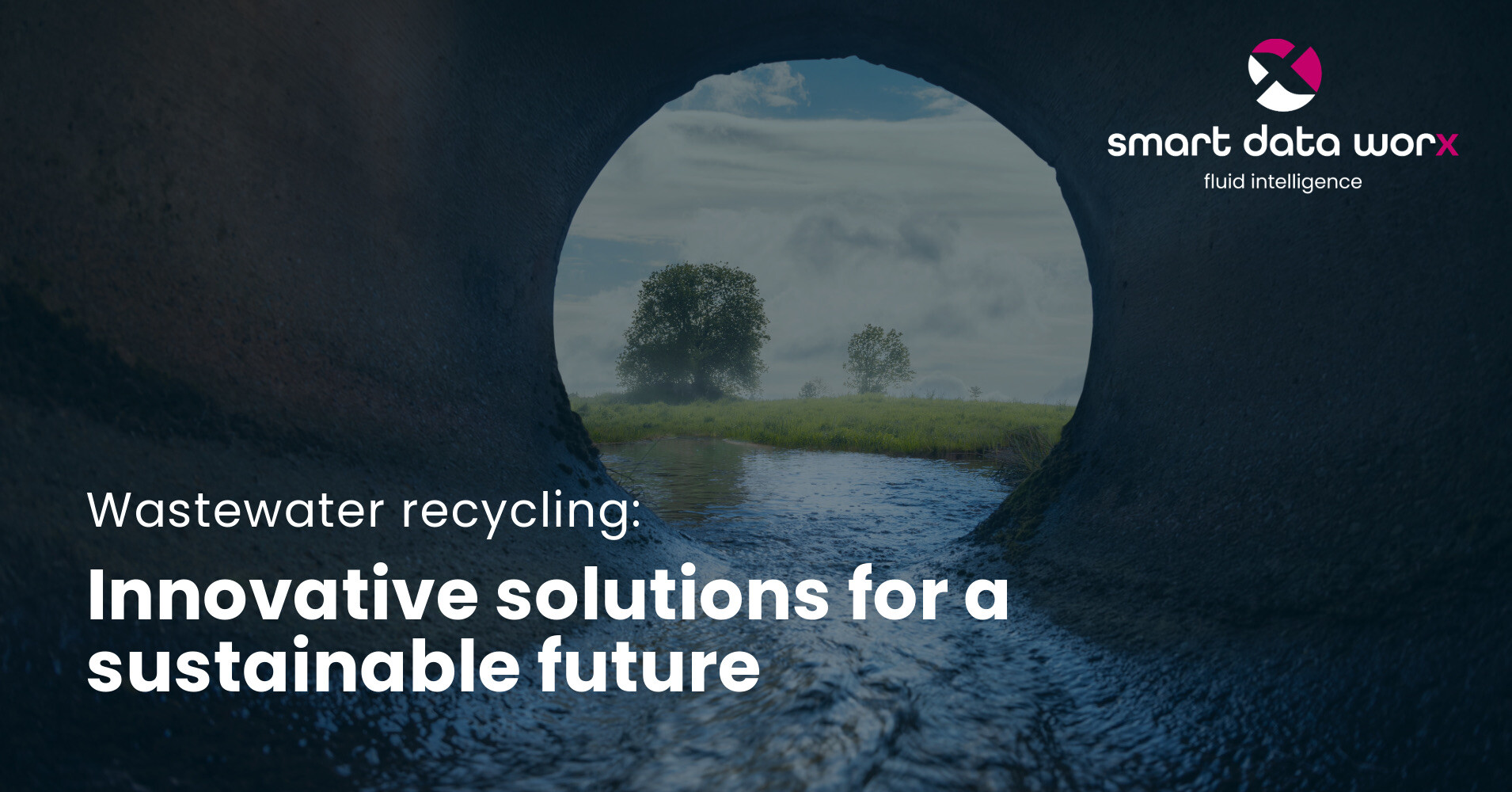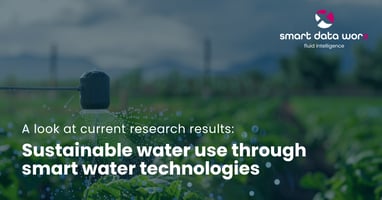At a time when global energy demand is increasing and water scarcity is becoming an ever greater...
Wastewater recycling: Innovative solutions for a sustainable future

At a time when environmental problems and climate change are becoming increasingly important, the sustainable use of resources is becoming ever more central. One resource that is often neglected is wastewater. Innovative wastewater recycling offers numerous opportunities that not only protect the environment but also bring economic benefits. This blog examines various methods and technologies that utilise the potential of wastewater recycling and thus contribute to a sustainable future.
Heat recovery from waste water
Functionality and technology
Wastewater heat utilisation is a process for using the thermal energy contained in wastewater. In most cases, wastewater from households and industries has a high temperature. This can be utilised with the help of heat exchangers to heat buildings or produce hot water.
Conventional stainless steel heat exchangers are installed in new or renovated sewers. The warm wastewater flows through the heat exchangers, through which a cold liquid flows. A heat pump heats the heated liquid further, allowing it to be used for heating or cooling buildings. In summer, buildings can be cooled with a reversible heat pump by releasing the excess heat.
Economy and efficiency
The effectiveness of heat recovery from wastewater depends on several factors, including the type of system and the local conditions. As wastewater is warmer than air or groundwater, this method is generally more efficient than others.
The initial investment costs for wastewater heat recovery systems are higher than for conventional heating systems, but due to the stable and cost-effective energy source of wastewater, the operating costs are lower in the long term. Market analyses show that the heat generation costs at suitable locations can be around 7 cents per kWh.
Potential and application
The energy contained in wastewater could cover up to 15 % of the heat demand in the building sector in Germany. Locations in residential areas, industrial estates or public facilities near large sewers or sewage treatment plants with high heat requirements are particularly suitable.
Energy generation in wastewater treatment plants
Biogas production
Sewage treatment plants are another option for generating energy. Sewage sludge is produced during the treatment of wastewater, which is fermented in biogas plants. The resulting biogas can be used to generate electricity and heat. In 2020, German sewage treatment plants generated around 1,118 GWh of electricity by converting biogas into electricity. This corresponded to around 36 per cent of the country's own electricity requirements.
Phosphorus recovery
The recovery of phosphorus from sewage sludge is another important factor that will be mandatory in Germany from 2029. Phosphorus is an essential nutrient and plays an important role in fertilisers. Phosphorus can be efficiently recovered from sewage sludge using new methods such as pyrolysis, a thermochemical process in which organic materials are decomposed at high temperatures (usually between 400 and 800 degrees Celsius) in the absence of oxygen. During pyrolysis, organic compounds are converted into gases, oils and solid residues, whereby the phosphorus remains in the solid residue and can be used as fertiliser. This can significantly reduce dependence on phosphorus imports.
Sustainable and innovative applications
Utilisation of waste heat for urban projects
The heat recovered from wastewater offers a wide range of applications and can be used not only to heat buildings, but also for various urban projects. One particularly promising approach is the utilisation of waste heat in urban gardening and urban farming, where urban areas are developed for food production. By feeding the heat into local greenhouses, plants can be grown under optimal conditions all year round, regardless of the seasonal outside temperatures. This enables a continuous harvest of fresh fruit and vegetables, which improves the regional supply and reduces transport routes.
Integration into local heating networks
The integration of wastewater heat into local heating networks is a particularly efficient and sustainable solution for supplying heat in urban areas. Local heating networks are local supply structures that channel heat over short distances from centralised generation plants directly to consumers. Several advantages can be realised by feeding the heat generated from wastewater into these networks. One of the biggest advantages is that the transport routes of the heat are short and therefore heat losses are minimised. This significantly increases the energy efficiency of the entire system and minimises the need for additional fossil fuels.
Innovative use of sewage sludge
Modern wastewater treatment plants are increasingly developing into multifunctional energy and raw material centres in which sewage sludge is no longer regarded as a waste product, but as a valuable resource. In addition to biogas production, in which energy in the form of methane is obtained from sewage sludge through anaerobic digestion, and phosphorus recovery, which serves as an important step towards sustainable fertiliser production, there are a number of other innovative technologies for sewage sludge utilisation.
Challenges and future prospects
Technological and infrastructural challenges
Despite the promising technologies for recovering wastewater heat and generating energy from sewage sludge, there are still some difficulties to overcome. These include the high investment costs and the need for suitable infrastructure. In densely populated urban areas, the integration of such systems can be particularly complicated and costly.
Legal framework conditions
Clear legal requirements and government funding programmes are also necessary for the introduction of wastewater recycling technologies. In Germany, the federal government has already taken important steps to promote phosphorus recovery with the Sewage Sludge Utilisation Ordinance. Further legal measures and incentives could help to accelerate the spread of these technologies.
Future prospects
Despite the current difficulties, wastewater recycling offers enormous opportunities for the future. With further development and refinement of the technologies, these systems could become an indispensable part of sustainable urban development in the foreseeable future. Together with other renewable energies, they could make an important contribution to reducing CO2 emissions and conserving natural resources.
Internationale Beispiele und Best Practices
Beyond Germany's borders, it can be seen that new ways of utilising wastewater are also being explored in other countries. In Switzerland, for example, it has already been possible to utilise the heat from wastewater to heat residential areas. In Japan, wastewater treatment plants are often equipped with modern biogas and pyrolysis plants, which not only generate energy but also reduce waste. These examples from abroad can be used as best practice examples and provide incentives for the introduction of comparable systems in Germany and other countries.
Conclusion
Wastewater recycling offers many new opportunities for a sustainable future. In addition to heat recovery, biogas production and phosphorus recovery, the utilisation of wastewater offers great potential for reducing energy consumption and conserving resources. With the right technology and the right framework conditions, wastewater can become a valuable resource in the fight against climate change and for sustainable development. To create a more environmentally friendly and sustainable future, decision-makers, companies and society must recognise and exploit these opportunities.


